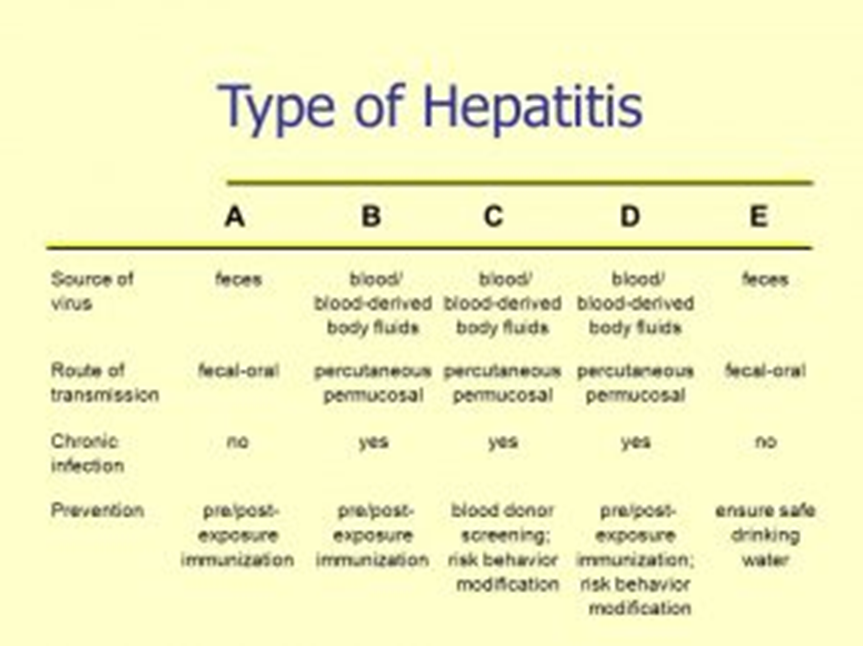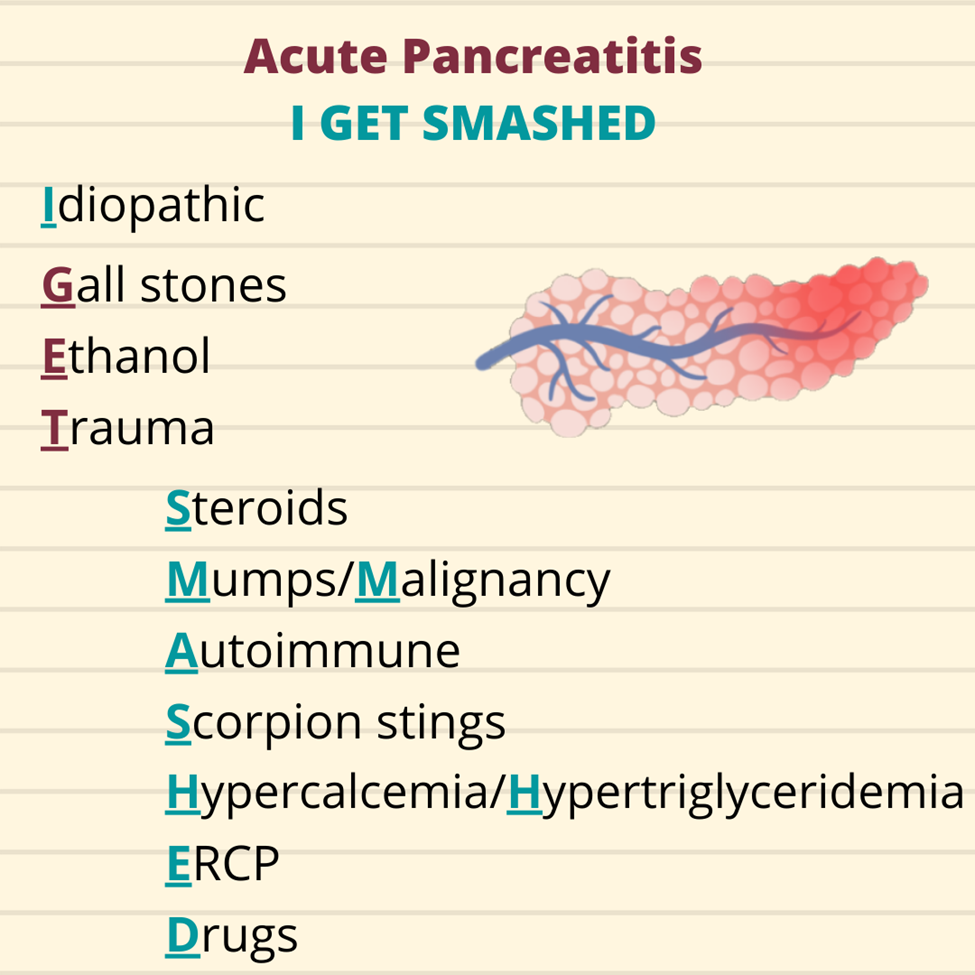A nurse is teaching a client diagnosed with hepatitis A about preventing transmission of the virus. Which of the following strategies should the nurse include in the teaching?
Avoid eating at fast food restaurants.
Avoid serving raw foods.
Wear barrier protection during vaginal intercourse,
Practice effective hand hygiene.
The Correct Answer is D
A. Avoiding eating at fast food restaurants is not a specific preventive measure for hepatitis A transmission. The primary mode of transmission for hepatitis A is through the fecal-oral route, often due to contaminated food or water.
B. Avoiding serving raw foods is a reasonable precaution as raw or undercooked shellfish and contaminated fruits and vegetables can be a source of hepatitis A transmission. However, practicing effective hand hygiene is a more general and fundamental preventive measure.
C. Wearing barrier protection during vaginal intercourse is not directly related to the prevention of hepatitis A. Hepatitis A is primarily transmitted through the fecal-oral route, and sexual transmission is not a common mode for this virus.
D. Practicing effective hand hygiene is a key strategy for preventing the transmission of hepatitis A. Proper handwashing with soap and water, especially after using the bathroom and before handling food, can help reduce the risk of contamination and transmission of the virus.

Nursing Test Bank
Naxlex Comprehensive Predictor Exams
Related Questions
Correct Answer is B
Explanation
A. "A weight reduction program will make me hypoglycemic.”
This statement suggests a misunderstanding. Weight reduction programs, when done appropriately, can contribute to better blood sugar control, but they should not necessarily lead to hypoglycemia if managed properly.
B. "I give the insulin injections in my abdominal area.”
This is the correct statement. Injecting insulin into the abdominal area is a common and recommended practice as it allows for consistent absorption and is a well-vascularized area.
C. “Insulin allows me to eat ice cream at bedtime.”
This statement suggests a misunderstanding. While insulin helps manage blood sugar levels, it should not be seen as a means to consume unlimited quantities of high-sugar foods, as a balanced diet is still crucial.
D. "I am to take my blood sugar reading after meals.”
This statement is partially correct. Blood sugar readings are often recommended before and after meals to assess the impact of food intake on blood glucose levels.
Correct Answer is D
Explanation
A. COPD (Chronic Obstructive Pulmonary Disease) is not directly associated with acute pancreatitis. The common risk factors for acute pancreatitis include gallstones, alcohol use, and certain medications.
B. Hypolipidemia (low blood lipid levels) is not a typical factor associated with acute pancreatitis. Elevated levels of lipids in the blood (hyperlipidemia) can be a risk factor, but hypolipidemia is not commonly linked to pancreatitis.
C. Diabetes mellitus, while not a direct cause of acute pancreatitis, can be associated with an increased risk. Uncontrolled diabetes may contribute to the development of pancreatitis, but it is not a primary risk factor.
D. Gallstones are a significant risk factor for acute pancreatitis. Gallstones can obstruct the pancreatic duct, leading to inflammation and damage to the pancreas. This obstruction is one of the common causes of acute pancreatitis.

Whether you are a student looking to ace your exams or a practicing nurse seeking to enhance your expertise , our nursing education contents will empower you with the confidence and competence to make a difference in the lives of patients and become a respected leader in the healthcare field.
Visit Naxlex, invest in your future and unlock endless possibilities with our unparalleled nursing education contents today
Report Wrong Answer on the Current Question
Do you disagree with the answer? If yes, what is your expected answer? Explain.
Kindly be descriptive with the issue you are facing.
